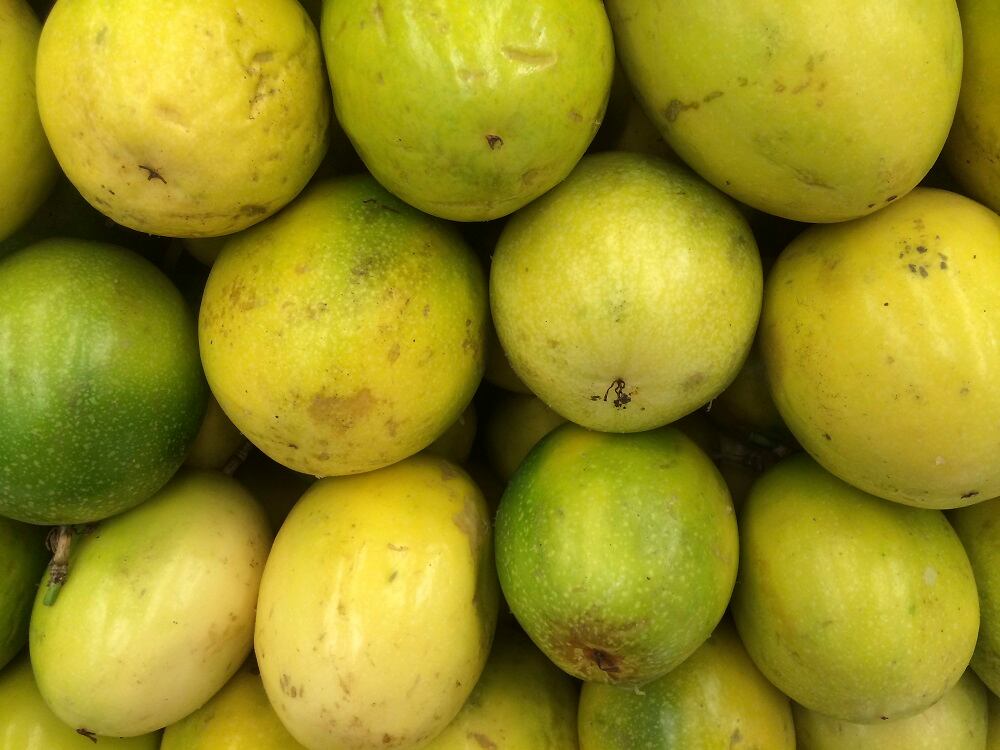Writing in Current Opinion in Food Science, the scientists report that polyphenols from cagaita, cambuci, camu-camu, and jaboticaba have been shown to beneficially impact a number of obesity-related issues, from blood glucose levels and inflammation, to abnormal blood lipid levels and weight gain.
“Because most tropical Myrtaceae fruits grow under adverse environmental conditions such as drought, flooding, sunlight and heat, they represent a rich source of secondary metabolites involved in plant defense, mainly biologically active polyphenols, similar to temperate berries,” wrote the researchers.
Review details
With about 140 genera and up to 5,800 species, the Myrtaceae family is vast. Some of the most well-known members of the family, and the most economically important, are guava (Psidium spp.), clove (Syzygium aromaticum) and allspice (Pimenta dioica).
The São Paulo-based researchers focused on four other species – Eugenia dysenterica DC. (cagaita), Campomanesia phaea Berg. (cambuci), Myrciaria dubia McVaugh (camu-camu) and Myrciaria sp. (jaboticaba) – and reviewed the data to support the potential anti-obesity benefits.
Data for cambuci was mostly from in vitro and animal studies, but clinical trials in healthy humans indicate that polyphenols-rich cagaita juice may lower blood sugar levels after carbohydrate-rich meals, which the scientists suggest is probably due to the inhibition of digestive enzymes. The juice has also been shown to improve plasma antioxidant status in humans, they said.

For camu-camu, results from human studies suggested that the juice may have “powerful anti-oxidative, anti-inflammatory, anti-lipidemic and anti-diabetic properties, since its ingestion decreased the level of inflammatory and oxidative markers in smokers individuals and decreased levels of fasting glucose, total cholesterol and LDL cholesterol in healthy individuals, respectively,” they wrote.
There is also data from human studies to support the potential benefits of jaboticaba, with studies showing that the peel of the fruit could boost antioxidant status and reduced glucose and insulin levels in healthy adults. “Jaboticaba polyphenols were also effective in the prevention of excessive weight gain and adiposity in mice fed on high-fat high-sucrose diet,” added the researchers.
“[Fruits from these four species] present a variety of polyphenols, mainly tannins (ellagitannins and proanthocyanidins), which through in vitro, in vivo and clinical evidence have demonstrated a potential to regulate and improve glucose homeostasis, attenuate dyslipidemia, protect against inflammation, oxidative stress or prevent excessive weight gain,” they wrote.
“Future studies should therefore be expended in elucidating the mechanisms of action involved in these health benefit effects, since it seems likely that Myrtaceae polyphenols act through multiple pathways. In addition, more translational studies from animal to humans are needed to confirm these properties, as well as to evaluate bioavailability, bioaccessibility, bioefficacy and safety,” concluded the researchers.
Source: Current Opinion in Food Science
Published online ahead of print, doi: 10.1016/j.cofs.2018.01.001
“Polyphenols from Brazilian native Myrtaceae fruits and their potential health benefits against obesity and its associated complications”
Authors: C.M. Donado-Pestana et al.

